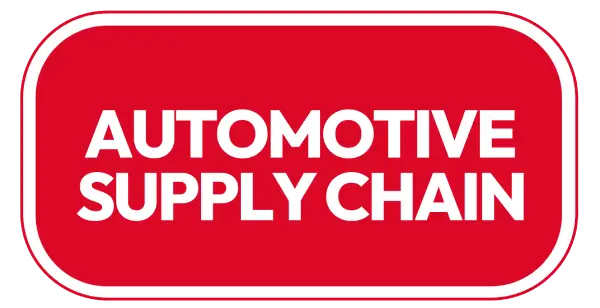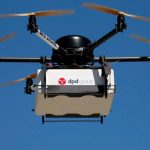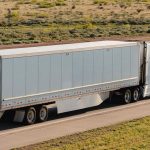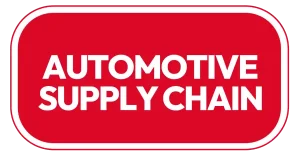In today’s fast-paced world, efficient delivery management is crucial for businesses to maintain customer satisfaction, reduce costs, and stay competitive. Whether you’re managing a small fleet or overseeing an extensive distribution network, optimizing delivery routes can significantly improve operational efficiency. By minimizing fuel consumption, reducing delivery times, and improving overall service, businesses can make a positive impact on both their bottom line and the environment. Here’s how to optimize delivery routes for maximum efficiency.
Use Route Optimization Software
Technology plays a key role in modern route optimization. Manual routing methods are not only time-consuming but also prone to human error. With the advancement of route optimization software, businesses can automate the process, factoring in variables like traffic, road conditions, delivery windows, and even weather.
These tools utilize sophisticated algorithms to generate the most efficient routes based on real-time data, reducing idle time and unnecessary detours. Many solutions allow you to input variables such as delivery times, vehicle capacities, and driver preferences to ensure that the optimized routes are tailored to your specific needs.
Some popular route optimization tools include Route4Me, OptimoRoute, and WorkWave Route Manager, which help businesses reduce miles traveled, save on fuel costs, and improve on-time deliveries.
Consider Traffic Patterns and Peak Hours
One of the most significant factors in optimizing delivery routes is understanding the traffic patterns in your area. Traffic congestion can drastically increase delivery times, making it essential to plan routes around peak hours and road closures.
When using route optimization software, consider setting up your system to account for traffic forecasts. For instance, deliveries during rush hour can lead to delays, and re-routing can often provide a better alternative. By staying updated on construction zones, accidents, and other obstacles that may affect traffic, drivers can avoid delays and save valuable time.
Additionally, time-of-day delivery windows should be taken into account. Some areas are busier at certain times, making it more challenging to deliver quickly. Adjusting your routes to avoid these peak times can further reduce inefficiencies.
Consolidate Deliveries
Another effective way to optimize delivery routes is to consolidate orders wherever possible. Combining multiple deliveries in one trip reduces the number of trips required and optimizes the use of each vehicle.
For example, if several customers are located along the same route or in close proximity to one another, you can group those deliveries together to reduce time spent on the road. Consolidating deliveries also makes it easier to plan routes efficiently, reducing the chances of unnecessary backtracking and minimizing fuel consumption.
Additionally, consider implementing multi-stop routes that allow drivers to visit several customers in one go, maximizing their time on the road and reducing fuel usage.

Maintain a Proper Fleet
The type and condition of your vehicles play a crucial role in optimizing delivery efficiency. A well-maintained fleet ensures that vehicles are operating at their full potential, which can directly impact delivery times and fuel efficiency. Regular vehicle maintenance, including tire checks, oil changes, and brake inspections, can prevent delays caused by breakdowns or malfunctions.
Furthermore, choosing the right vehicle for each delivery is important. Larger vehicles, such as trucks, may be suitable for bulk shipments, while smaller vans may be more appropriate for quick, local deliveries. Ensuring that each vehicle in your fleet is appropriately matched to its task helps prevent inefficiency.
With the rise of electric vehicles (EVs), many companies are also considering EVs for urban deliveries. These vehicles have lower maintenance costs and contribute to reducing carbon emissions, which can improve sustainability and reduce fuel-related expenses.
Train Drivers for Efficiency
Optimizing delivery routes is not only about the software and vehicles used, but also the drivers behind the wheel. Well-trained drivers are key to maximizing route efficiency. Offering training programs that focus on techniques such as efficient driving, safe cornering, avoiding abrupt stops, and using the shortest routes can make a big difference.
Moreover, providing drivers with up-to-date maps and routing information ensures they have the best knowledge of the current road conditions. A well-informed driver who knows how to adapt to traffic conditions and road closures can avoid delays, maintain speed, and improve fuel efficiency.
To encourage drivers to follow the best practices for fuel-efficient driving, you might also consider using telematics systems to monitor driving habits. Telematics software can track things like harsh braking, acceleration patterns, and fuel consumption, providing insights on how drivers can improve their efficiency on the road.
Incorporate Real-Time Tracking
Real-time tracking is a game-changer for route optimization. By tracking deliveries as they happen, businesses can adjust routes dynamically based on factors like traffic, weather, and customer needs.
If a route becomes congested or a customer is unavailable at the scheduled time, real-time tracking allows businesses to quickly redirect drivers to an alternative location or update the delivery schedule. Additionally, keeping customers informed with live tracking can enhance the customer experience by providing real-time updates on their deliveries.
This flexibility helps ensure that deliveries are completed as efficiently as possible, even when unexpected events occur.
Monitor and Analyze Performance
Finally, continuous monitoring and analysis of your delivery operations are essential to identifying areas of improvement. Regularly reviewing route performance, fuel consumption, delivery times, and customer satisfaction can help uncover inefficiencies that need to be addressed.
Data analytics tools integrated into route optimization software can track key metrics and offer actionable insights to improve performance. For instance, you may notice that certain routes consistently take longer than expected or that certain drivers tend to use more fuel. By analyzing these trends, you can make adjustments to your routes, fleet, or driver training programs to improve overall efficiency.
Conclusion
Optimizing delivery routes is a dynamic process that requires a combination of technology, strategic planning, and operational adjustments. By utilizing route optimization software, understanding traffic patterns, consolidating deliveries, maintaining a well-managed fleet, and training drivers, businesses can achieve greater operational efficiency, reduce costs, and enhance customer satisfaction. The result is a smoother, more cost-effective delivery operation that helps companies stay competitive in an increasingly demanding market.







